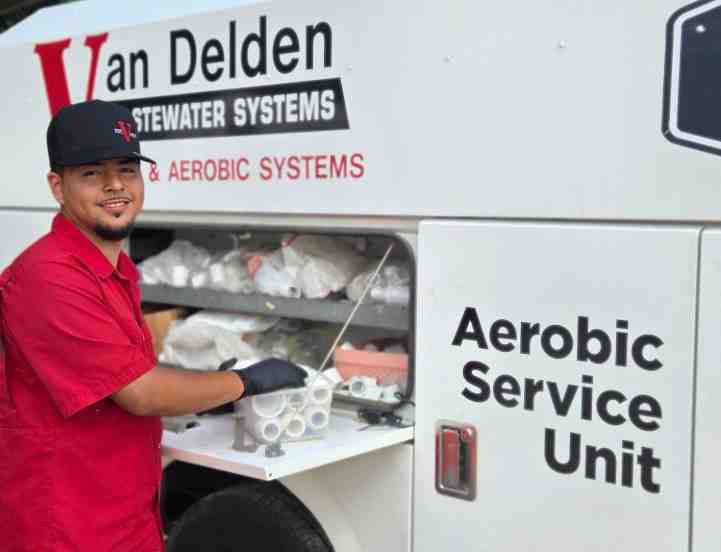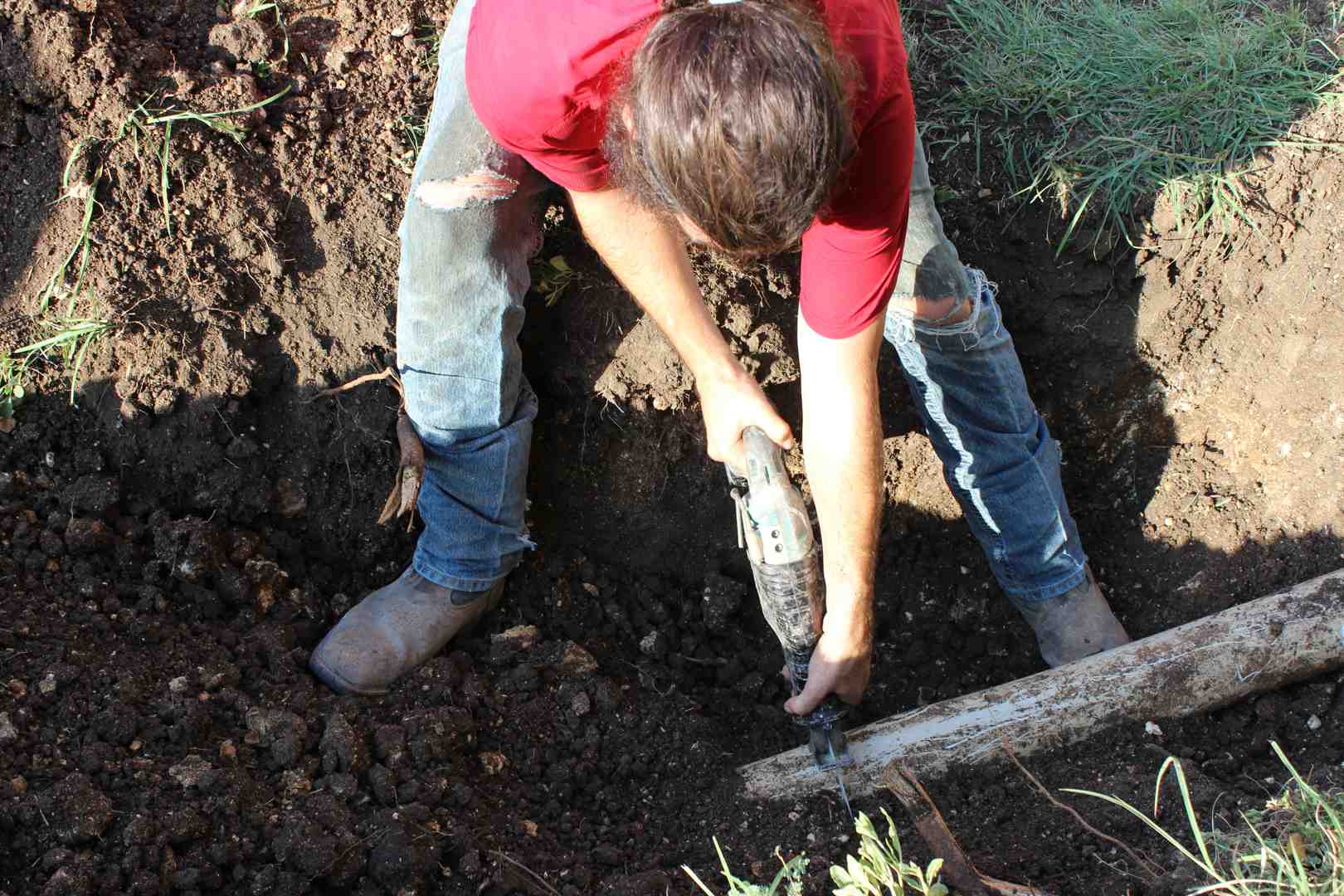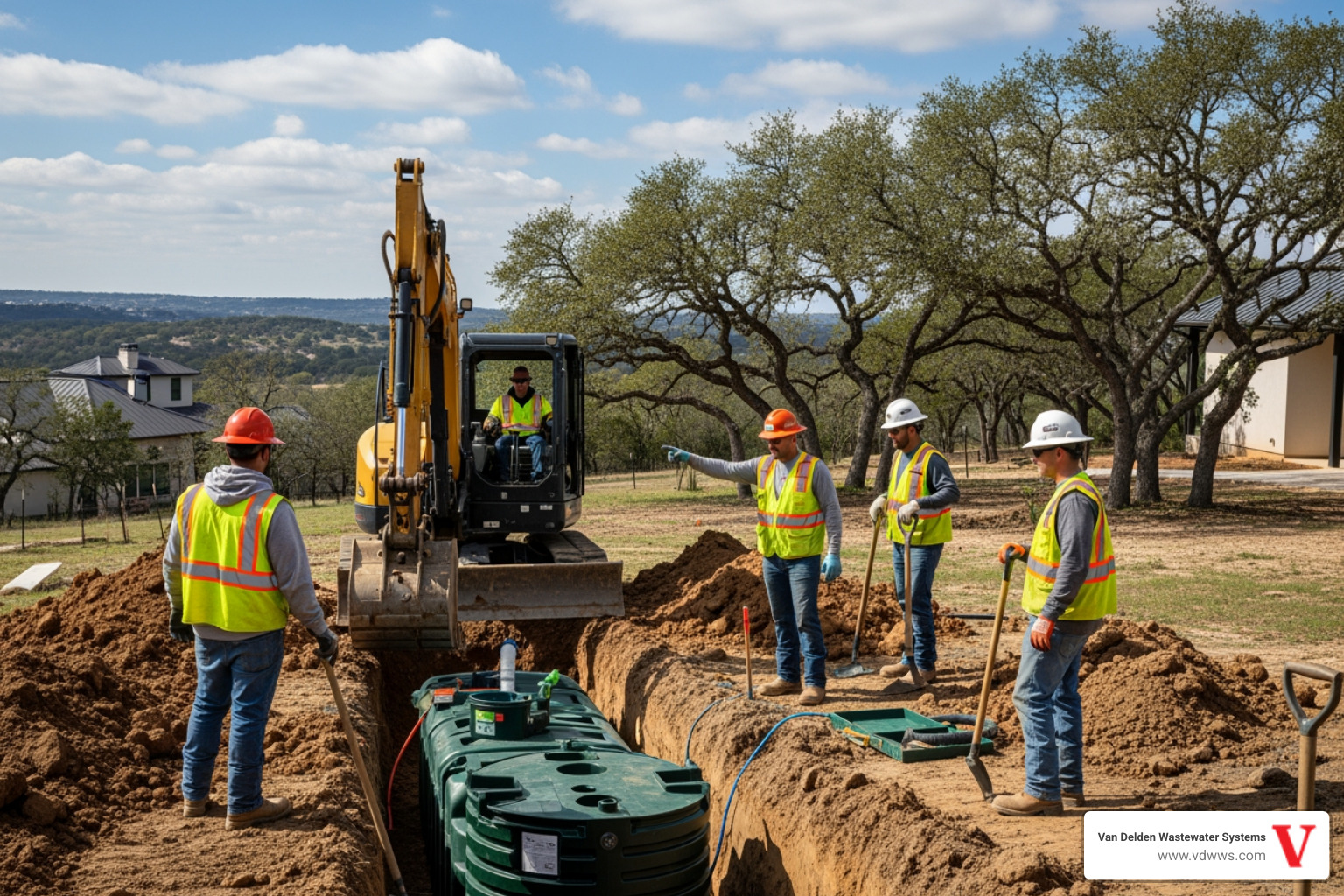Maintaining a healthy septic system isn’t only about what goes down your drains. What grows above your drainfield also matters, especially if you’re in San Antonio where property owners often use landscaping to boost curb appeal. What many homeowners don’t realize is that some landscaping choices can quietly harm the drainfield over time. One overlooked factor is the type of ground cover used.
Ground cover plants aren’t just for looks. When selected carefully, they can help protect your drainfield, keep the soil stable, and reduce surface runoff. The key is knowing which plants help rather than hurt, and how they interact with the components underground. By understanding this connection, San Antonio homeowners can avoid unexpected system problems and costly repairs.
The Role Of A Drainfield In Septic Systems
Your septic system’s drainfield handles the final step of wastewater treatment. Once waste leaves the septic tank, it flows into the drainfield where it’s slowly filtered through the soil. This process helps clear out particles and bacteria before the water makes its way back into the groundwater. For this to work as designed, the soil around the drainfield needs to stay loose, dry enough, and free from interruption. That’s where ground conditions and plants come into play.
A healthy drainfield depends on proper water flow and soil absorption. If the area becomes compacted or blocked, the wastewater can’t move efficiently. This may lead to backups or soggy spots in your yard. On the other hand, proper ground cover can prevent runoff, reduce soil compaction, and help water soak in more evenly.
Choosing what’s planted above the system matters just as much as how frequently it’s checked. In San Antonio, with hot summers and limited rainfall, plant selection plays a significant role in keeping the drainfield working efficiently across the seasons. Unchecked growth or poorly chosen roots may reach pipes or disturb the system over time.
Benefits Of Ground Cover Plants For Your Drainfield
When it comes to protecting your drainfield, ground cover plants can offer many benefits if chosen properly. These low-growing plants don’t just make the area look nicer, they also contribute to the overall system's performance. Here’s how:
1. Prevent soil erosion: The roots of ground cover plants help stabilize the topsoil, keeping rainwater from washing it away over time. This means less runoff and less exposure of underlying components.
2. Boost absorption: These plants help break up the soil surface slightly to improve water absorption without compacting it, which is necessary for efficient drainfield function.
3. Keep the ground cool and shaded: This reduces evaporation and helps keep the soil from becoming too dry or packed, which is a key concern during San Antonio’s hot summers.
4. Deter foot traffic: When the area looks landscaped and maintained, both people and pets are less likely to walk across it, helping to minimize ground pressure that could affect the system.
Many homeowners underestimate the impact of bare soil. While it might seem harmless, bare soil is highly vulnerable to erosion and compaction, leading to water pooling or runoff. Low-maintenance ground cover options can be a simple way to protect your septic system while keeping your yard looking clean and functional.
Best Ground Cover Plants for San Antonio Drainfields
Choosing the right ground cover can make a big difference for septic drainfields in San Antonio. The hot, dry summers limit which plants can thrive, so it’s important to look for varieties that are drought-tolerant and have shallow root systems. Deep roots can disrupt pipes or clog system components, leading to performance issues or physical damage. Low-growing, non-invasive plants are typically the safest and most efficient choice.
Here are a few ground cover options that work well above drainfields in San Antonio:
1. Buffalo Grass – This native grass requires little water once established and grows slowly, making maintenance simple. Its roots stay relatively shallow, which helps protect septic components.
2. Horseherb (Calyptocarpus vialis) – Common in shaded residential areas, this plant spreads rapidly without growing tall. It’s durable and suitable for yards with trees or partial shade.
3. Silver Ponyfoot (Dichondra argentea) – This drought-tolerant, low-profile plant thrives in full sun, prevents erosion, and keeps its roots near the surface.
4. Frogfruit (Phyla nodiflora) – Alongside stabilizing the soil, this plant attracts local pollinators and remains manageable due to its moderate growth and root depth.
5. Creeping Thyme – This decorative plant gives ground cover a touch of visual appeal and a faint scent. It resists heat and functions well in low-water conditions.
All of these plants are easy to maintain and adapt well to San Antonio’s climate. Importantly, they pose little risk to the sensitive parts of your septic system. Avoid aggressive growers like bamboo, mint, or anything listed as rapid-spreading unless you fully understand the implications for the drainfield. Make your selections based on slow growth, shallow roots, and low water requirements.
Potential Risks and How to Avoid Them
While certain plants can help your system, others can quietly cause damage you won’t notice until it becomes serious. The biggest concern is root intrusion. Even shallow-looking roots can find their way into small pipe openings or loosened joints, especially in older systems. Once inside, roots can clog pipes, break system components, and trigger drainfield failure or expensive repairs.
To reduce the risks:
- Keep trees, shrubs, and aggressive plants well away from the drainfield zone.
- Choose native or climate-adapted plants with shallow, non-invasive root systems.
- Never plant vegetables or anything edible over the drainfield due to possible health risks from wastewater.
- Skip landscaping fabric or plastic sheeting under your plants. These materials block natural soil filtration and slow drainage.
- Limit any heavy foot traffic or parked vehicles on the drainfield, whether the area is covered with plants or not.
It helps to clearly mark or define the boundaries of your drainfield so it’s not forgotten or accidentally misused. Over time, homeowners may lose track of where certain system components are located, making it easier to plant or park over the area without realizing the long-term consequences. Knowing the layout of your septic system will go a long way in preventing common drainfield problems.
Check Your Drainfield Regularly
Even with the right plants and daily habits in place, your drainfield needs to be checked regularly by our technicians. They’re trained to notice hidden signs of trouble the average homeowner won’t detect. These checks are key to confirming system performance and preventing early-stage damage.
Signs that mean it’s time for a professional check include:
- Unusually lush or fast-growing grass above the drainfield
- Wet or soggy patches in the yard during dry periods
- Slow draining sinks, tubs, or toilets
- Gurgling sounds in your home’s plumbing
- Foul odors near the tank or drainfield area
These issues often start subtly. By the time they show serious symptoms, the cost of repairs can increase. Scheduling drainfield cleaning in San Antonio at regular intervals can extend the life of your septic system and prevent major damage from forming.
Keeping Your Septic System Efficient
Long-term septic performance relies on more than tank pumping. A healthy drainfield is just as important to the treatment process. Your choices above the ground directly affect what’s happening below. Using smart planting strategies can limit soil damage, erosion, and moisture imbalances.
San Antonio septic systems must deal with local weather patterns, including heat waves and droughts. These natural forces already place a burden on your system. Introducing the wrong plants or allowing the soil to become unstable only makes things worse. Take the pressure off by sticking with appropriate ground covers and scheduling routine drainfield checks.
Our professionals understand how quickly a drainfield can shift from functional to overloaded if problems are missed. If you’re unsure what’s growing above your drainfield or whether hidden issues are forming underground, now is a good time to arrange a system check. Keeping your drainfield stable and your landscaping controlled is a simple way to protect the performance of your entire septic system.
Keep your septic system running smoothly by addressing concerns early in San Antonio. When signs of slow drainage or wet spots appear, professional drainfield cleaning in San Antonio can help prevent further issues with your tank and system performance. Van Delden Wastewater Systems understands how small changes can have a big impact on overall efficiency, and for a quick estimate or to book a service visit, please contact us today.
Customer Reviews
Peter was personable, professional and thorough. Highly recommend Van Delden. You might be able to find a cheaper company but not better!
On time. 100% professional, knowledgeable, and courteous. Very helpful and straightforward. That is the bar all businesses should strive for.
It has been a pleasure working with your company. Not only did y’all communicate very well but your workers were always polite! Thank you!
“I thank Van Delden for such prompt service. Honest people are hard to come by these days. I will certainly recommend Van Delden to anyone! Jesse is an upstanding young man and very nice to talk to. I thank everyone at Van Delden for taking such good care of me.”
This is just a note to thank you for explaining the problem with my system. You didn’t have to be so kind and I appreciate your good business ethics and time spent. In the future you will have mine in return!






